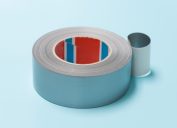30 Crazy Facts About Colors That Will Blow Your Mind
Can you guess America's most popular hue?

We're immersed in color. Right from the get go (color-in-the-lines lessons in pre-school), the color spectrum surrounds and informs everything we do. And yet, for most of us, color remains, by and large, an unknown.
Sure, you may know that red mixed with blue makes purple—and that orange clashes with just about everything—but that's all 101-level knowledge. A deeper dive into the Crayola box will reveal troves of astonishing information—from fascinating history about broad color groups to how certain hues have bona fide effects on your psyche. Here, we've rounded up the most fascinating facts about the wide wheel of color you may have thought you knew so well.
1
Colors Can Trigger Deep Childhood Memories

When human beings see a color (or even simply hear the name of a specific color), it calls to mind several associations—objects, moods, even temperatures—that were established as far back as childhood, says historian and symbologist Michel Pastoureau, author of the book Blue: The History of a Color.
If you're a sports fan, you may see the color worn by your favorite sports team and it may send a rush of positive feelings your way. If you were a child that loved playing with a Barbie doll, it's possible that simply hearing the word "pink" can reproduce fuzzy feelings of joy. How cool is that?
2
Blue Was Once Seen as a Low-Class Color
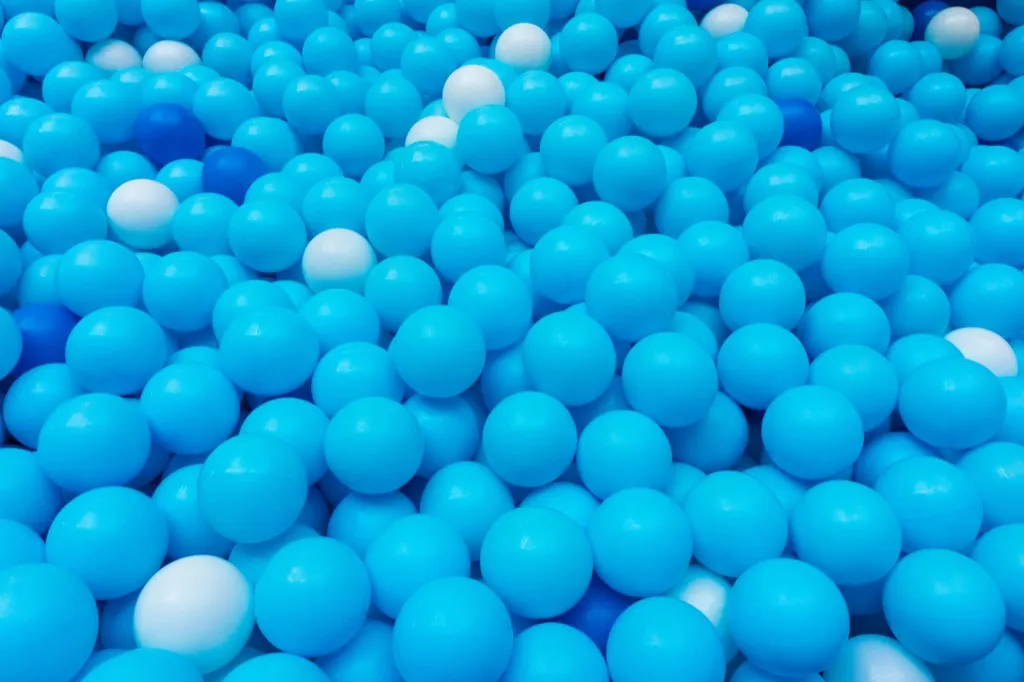
According to Pastoureau, blue was one of the later colors to be adopted in the ancient world (with reds, blacks, and browns appearing in cave paintings). In Ancient Rome, it was seen as the color of the working class, worn by the those lower on the social ladder, while the wealthy wore white, black, and red. Pastoureau says that the color was seen as so far out of the mainstream that it was associated with barbarians and used to frighten enemies.
3
The Virgin Mary Transformed the Meaning of Blue

That low opinion of the color blue changed significantly when it became the color of the cloak of Virgin Mary as she developed in the 12th century. As the image become more widespread, the color was seen as far more respectable and worthy of reverence, spreading to other religious imagery.
4
Competition Between Color Merchants Was Fierce
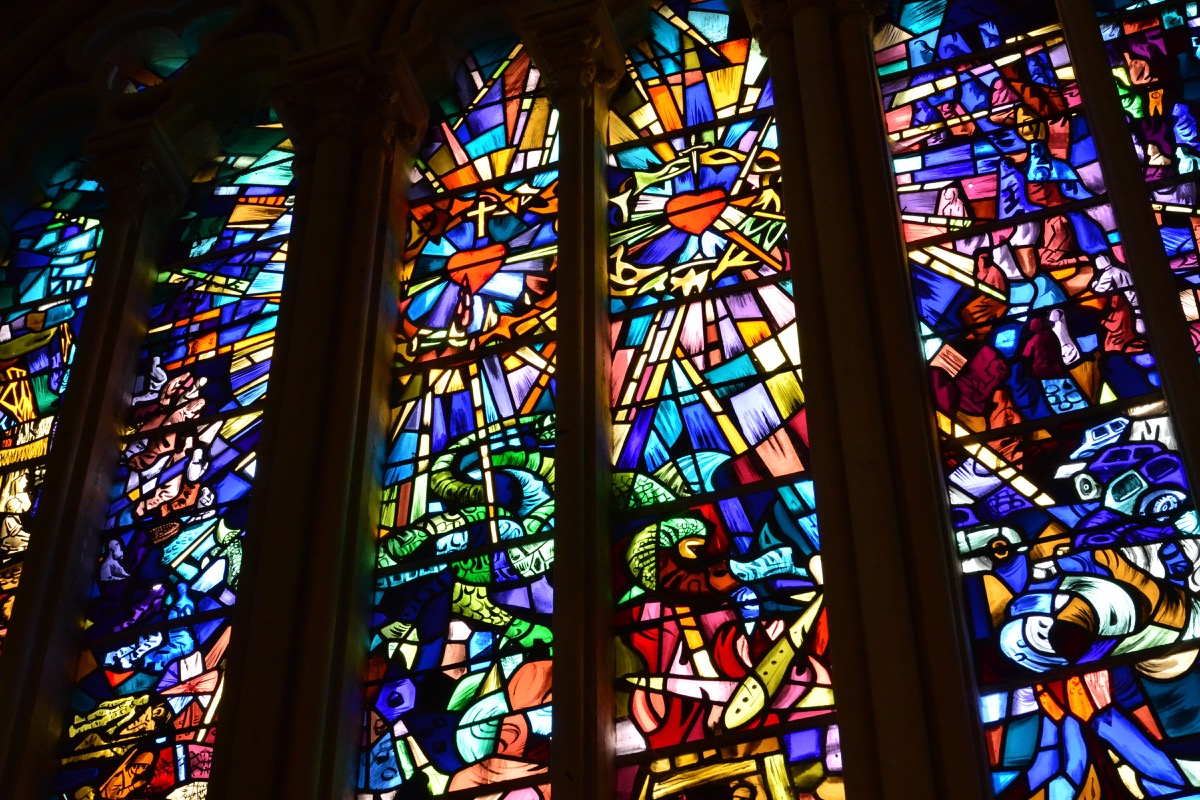
During the 13th century, those selling the blue plant-based dye of woad and the red plant-based dye of madder battled to get others to buy their products. Kassia St. Clair, in her book The Secret Lives of Color, describes how "In Magdeburg, the center of Germany's madder trade, religious frescoes began to depict hell as blue; and in Thuringia, the madder merchants persuaded the stained-glass craftsmen to make the devils in the new church windows blue, rather than the traditional red or black, all in the effort to discredit the upstart hue."
5
Artists Were Limited in Their Color Options Until Recently

Despite the many stunning paintings going back centuries, "It was only relatively late in the nineteenth century that artists really benefited from a proliferation of ready-made pigments," according to St. Clair. "Cheap compounds, such as cerulean, chrome orange, and cadmium yellow, freed artists from either pestles or unscrupulous colormen who sold unstable mixes that would discolor within weeks or react with other colors, or the canvas itself."
6
Red Is the First Color a Baby Sees

Research has found that infants as young as two weeks old are able to distinguish the color red. As their color vision develops, the number of colors they are able to see continues to grow until they see the full spectrum of colors by the age of about five months.
7
Pink Is a Relaxing Color
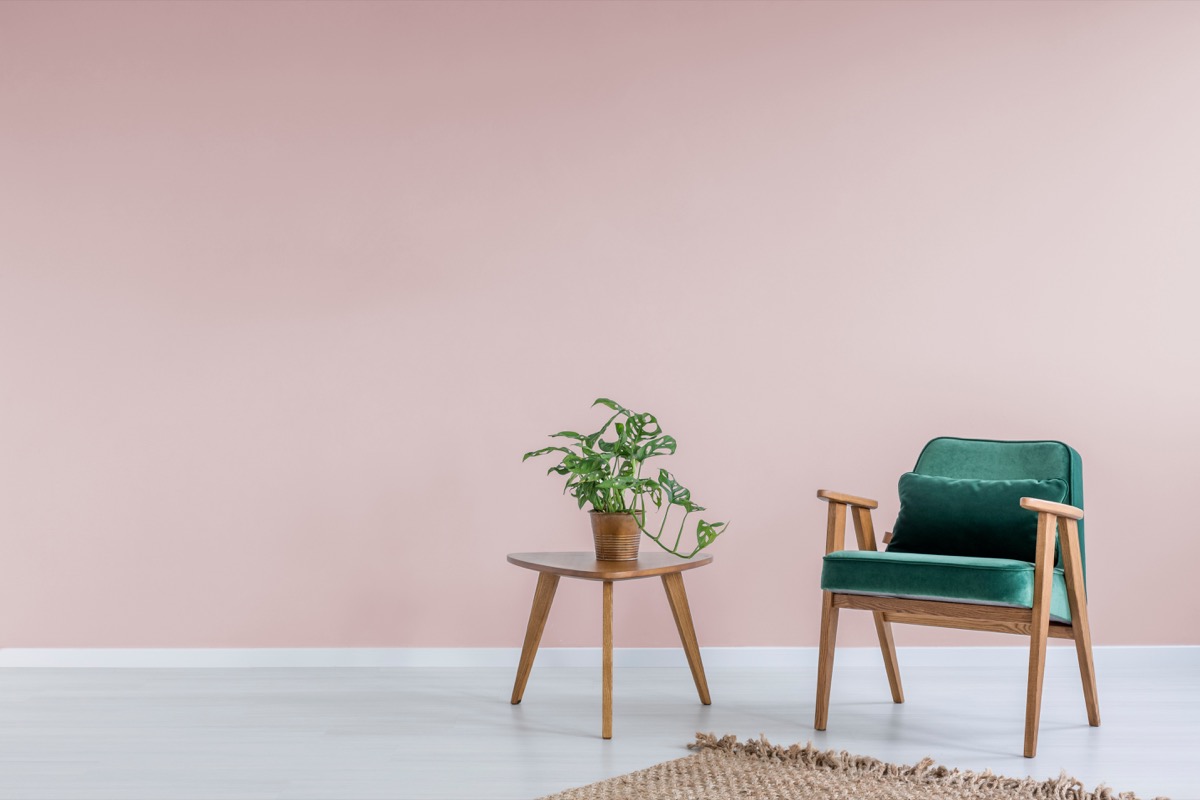
The color pink has been found to have palliative effects on people. "Even if a person tries to be angry or aggressive in the presence of pink, he can't," says Dr. Alexander Schauss, director of the American Institute for Biosocial Research in Tacoma, Washington, who studied how the color can effectively suppress anger and anxiety in prisoner populations. "The heart muscles can't race fast enough. It's a tranquilizing color that saps your energy. Even the color-blind are tranquilized by pink rooms."
Fun fact: It's for this reason that many sports teams paint the visiting team's locker room pink. (Anything to get an advantage over the competition!)
8
White Is the Safest Color

Studies of vehicular accidents and car colors have found white to be the color of automobiles least likely to be involved in an accident resulting in death, according to Monash University Accident Research Centre, which conducted a study examining crashes between 1987 and 2004. The least safe color? Black, with cars of that color 12 percent more likely to be involved in a deadly crash.
9
Chickens Are Very Sensitive to Light Color
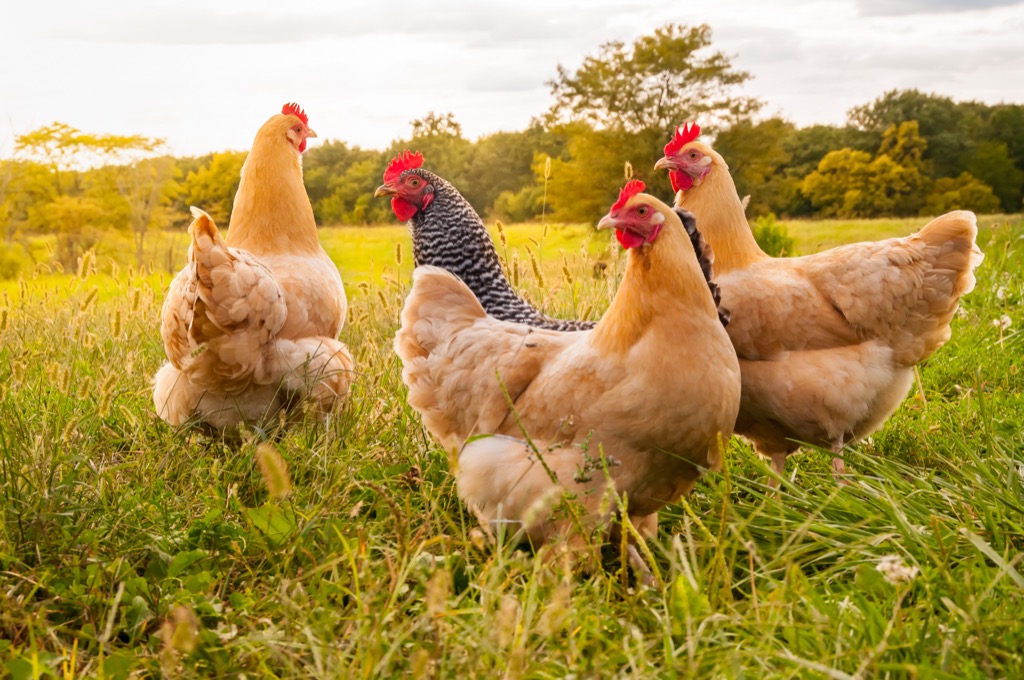
Poultry farmers use a variety of lighting tactics to elicit different behaviors in chickens. Red-tinted lights have been found to have a calming effect on the birds, reducing cannibalism and feather picking, while blue-green light stimulates growth, and orange-red stimulates reproduction.
10
Mars Gets Its Red Color From This Element

That rusty reddish color of the planet Mars is due to the fact that it is covered in iron-oxide—the same element that gives blood its red color. That's certainly appropriate for a planet named after the Roman god of war.
11
Colors Did Not Used to Be Thought of in the Abstract

Another surprising observation made by Pastoureau is how the very concept of color as a thing in itself has changed over time. "A Roman could perfectly well say, 'I like red togas; I hate blue flowers,' but it was hard for him to declare, 'I like red; I hate blue,' without specifying something in particular," he writes. "And for a Greek, Egyptian, or Israelite, it was even more difficult."
12
Blue Is America's Favorite Color
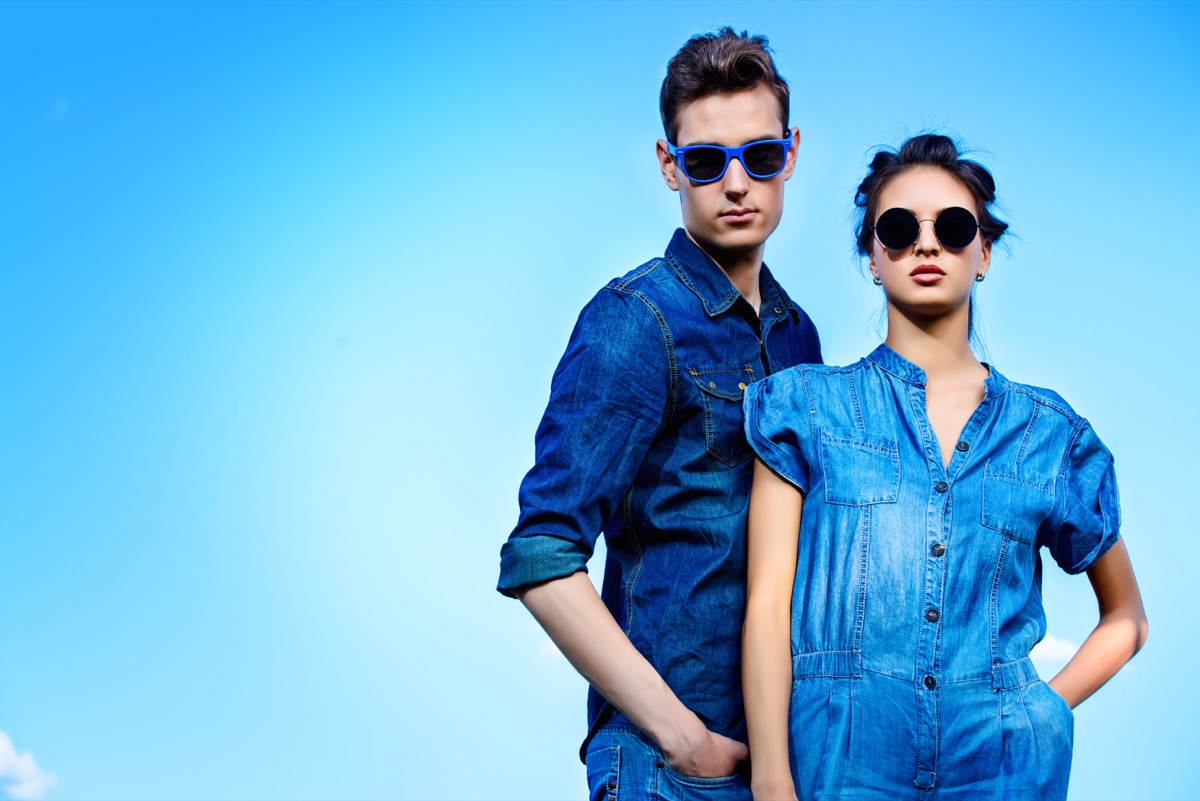
According to a study by University of Maryland sociologist Philip Cohen, who polled almost 2,000 Americans, blue is the most popular color for both men and women, with 42 percent of men and 29 percent of women citing it.
13
Mosquitos Love Blue, Too

Our collective love of blue could be creating problems. It turns out that mosquitoes are attracted to dark colors, especially blue. The reason, according to Jonathan Day of the University of Florida, is that "Mosquitoes are highly visual, especially later in the afternoon, and their first mode of search for humans is through vision." That means that, "People dressed in dark colors—black, navy blue, red—stand out and movement is another queue."
14
Men and Women Have Different Second-Favorite Colors
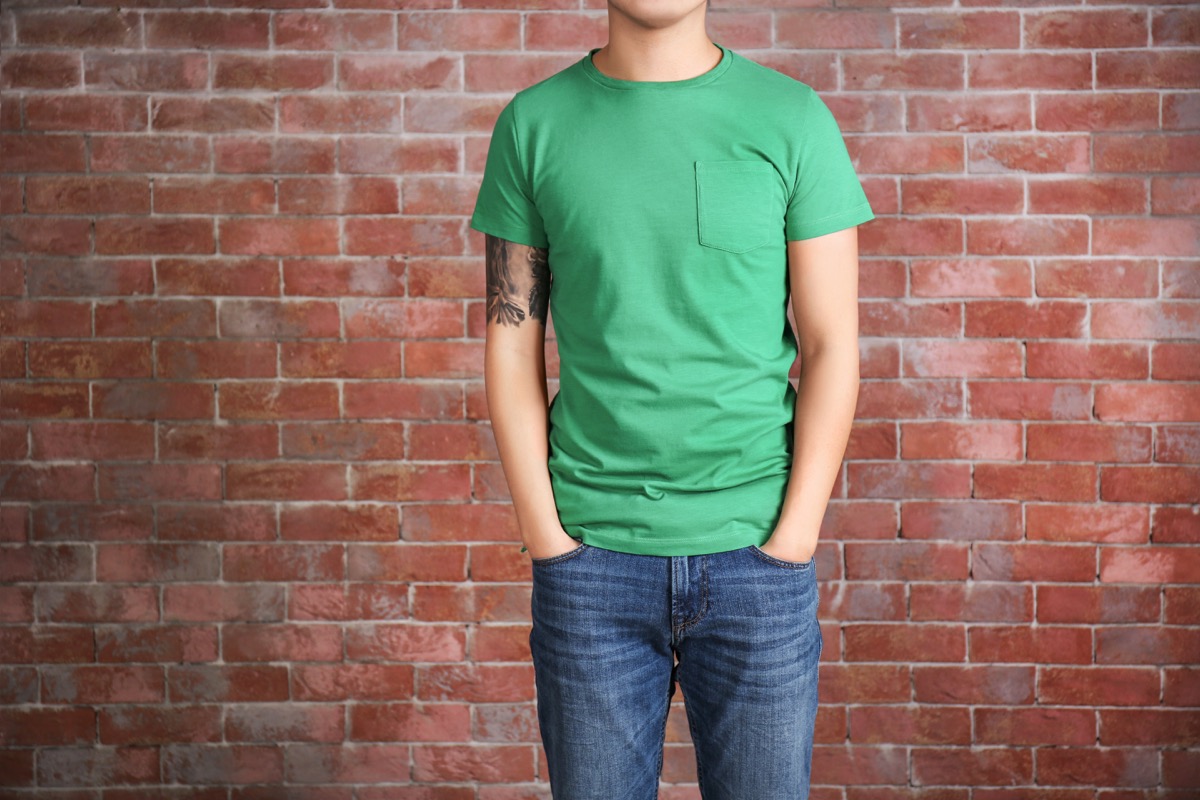
The second-most-popular color in the University of Maryland poll showed some gender split, with 27 percent of women citing purple as their second-favorite, while 25 percent of men pointed to green.
15
Red Connects to Fire and Blood

In his book Red: The History of a Color, Pastoureau explains that red has seemed to be granted special symbolic power more than any other color. "Why?" he asks, and answers that it is likely the color's associations with fire and blood, two natural elements "that are almost immediately associated with red and encountered in almost all societies in every period of their history." He points out that "nearly all language dictionaries" define the adjective of "red" with some phrase like "having the color of fire or blood."
16
Judges Used to Dress in Red

Perhaps because of these dramatic connotations, and the fact that in the Bible, the angel that expels Adam and Eve from paradise was depicted in red clothing, judges in the Middle Ages preferred the color for their robes. As Pastoureau puts it, "judges, in actual courts, as in the iconography of miniatures, were inevitably dressed in red, the color of their delegated power and their function: to state the law and render judgments in the place of the king, prince, city, or state."
17
"Red" Often Means "Beautiful" and "Colorful"

As Pastoureau writes: "The same word can mean 'red,' 'beautiful,' and 'colorful' all at once." For example, coloratus in classic Latin and colorado in modern Castilian can both mean "red," or simply "colored." In Russian, the word for "red" (krasnyy) is sourced from the same root as the word for "beautiful" (krasivy).
18
Green Came to Represent Inconstancy
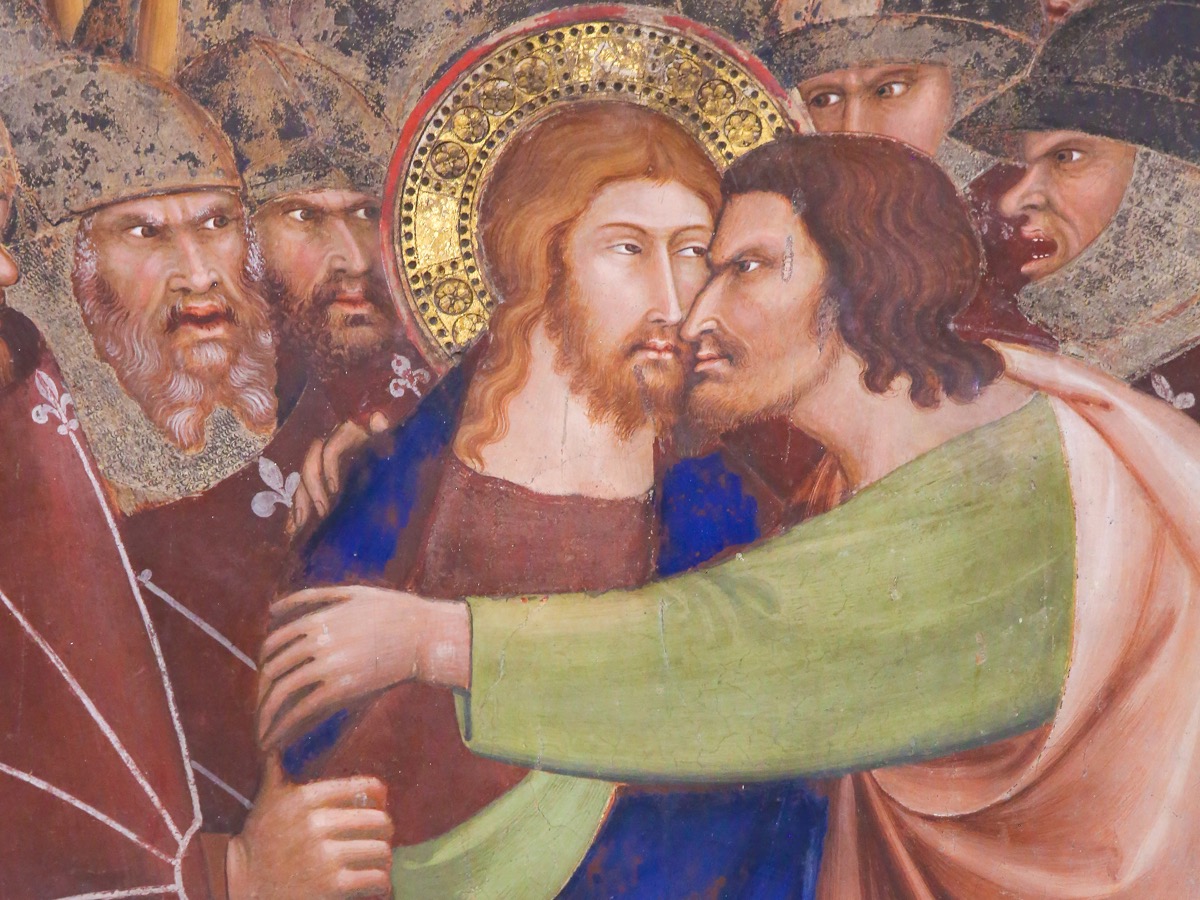
In the Middle Ages, the color green came to represent inconstancy, betrayal, and unreliability. For example, Judas was often depicted wearing green clothing. According to Pastoureau, this association may have grown out of the fact that dyeing in green tended to be difficult and unpredictable during this time, with green dyes from plants creating a faint and unstable color that would fade over time.
19
Professional Dyers Were Limited in the Colors They Could Use
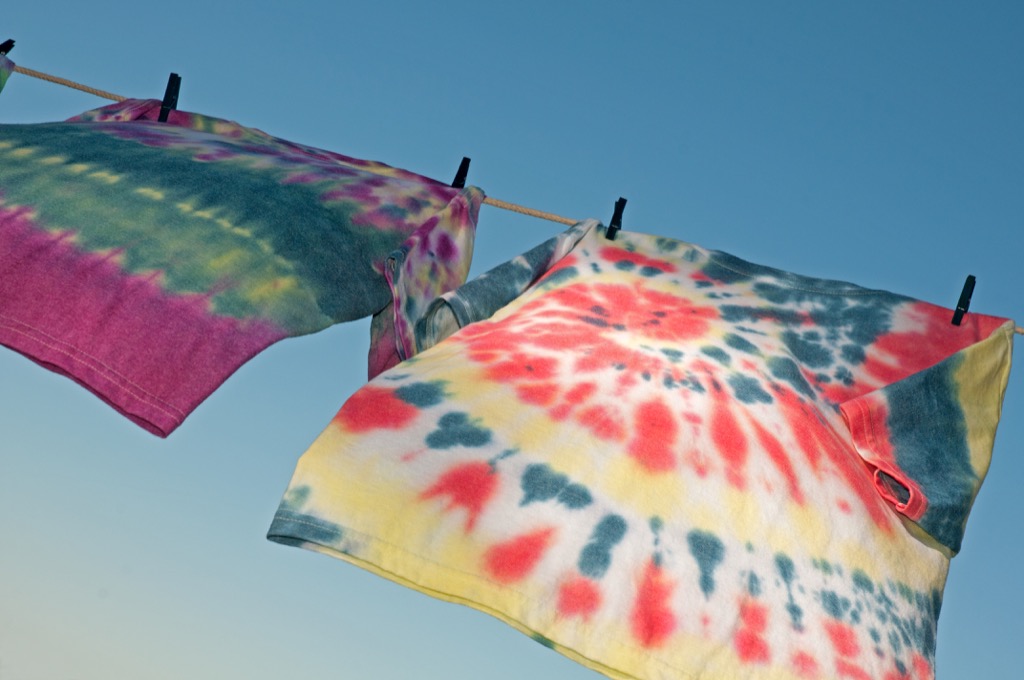
During the Middle Ages, the dyeing trade was organized in such a way that professional dyers were only licensed to dye with certain colors—a person who dyed in green might not be allowed to dye in red, for example. This meant that the palate which the public could choose from was severely limited as well, prohibiting dyers from selling combinations of colors they were not licensed in.
20
Thanks Isaac Newton For How We Understand Colors

Newton had many scientific accomplishments, but one of his most enduring was his findings on how light influences color. He developed experiments using prisms, projecting a rainbow spectrum that he would develop into his famed color wheel. This debunked the view up to that point that color grew out of a combination of light and darkness, replacing it with the realization that light alone was responsible for color.
21
Goethe Also Played a Part
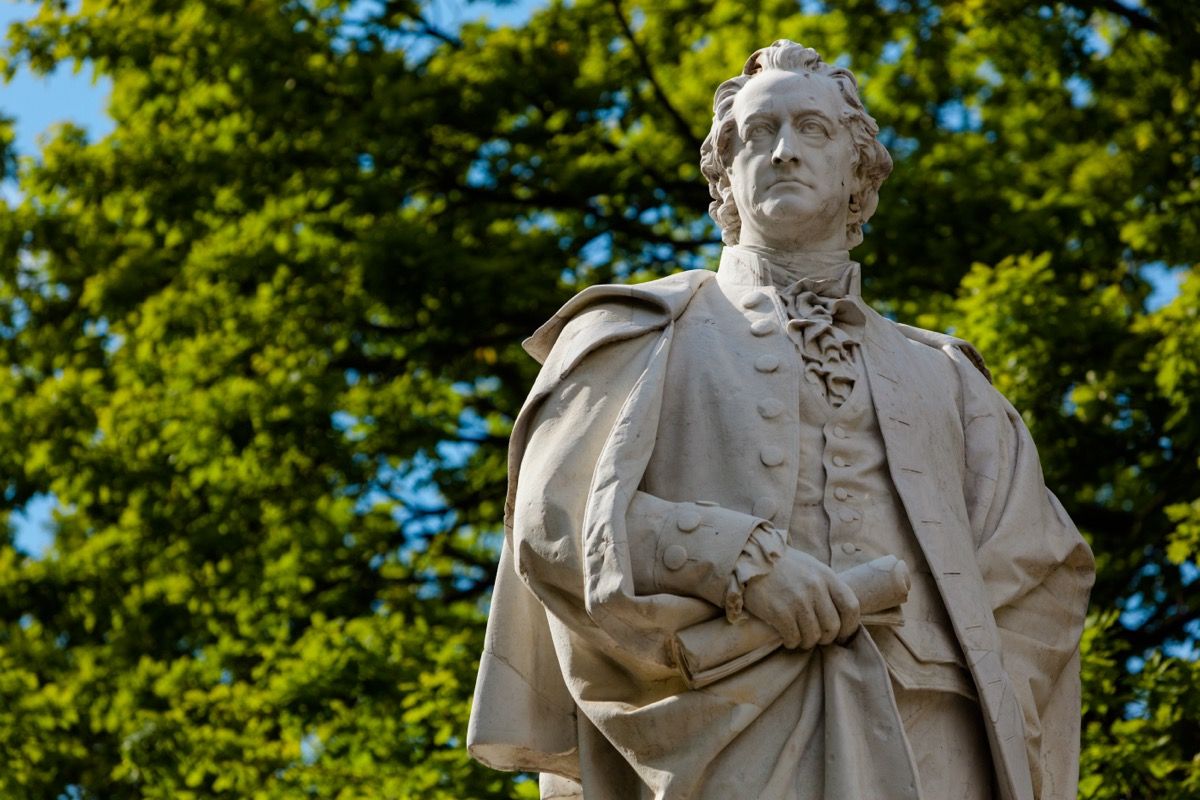
German author Johann Wolfgang von Goethe, best known for his poetry and novels such as The Sorrows of Young Werther, also helped shape our understanding of color, "challenged Newton's ideas about color and light, suggesting that color was not just a matter of scientific measurement but was often subjective, impacted by individual perception and surroundings," as Smithsonian puts it writing a "psychological and physiological treatise around color" titled Zur Farbenlehr ("Theory of colors") in 1810.
22
Milton Bradley Had Some Interesting Theories About Color, Too
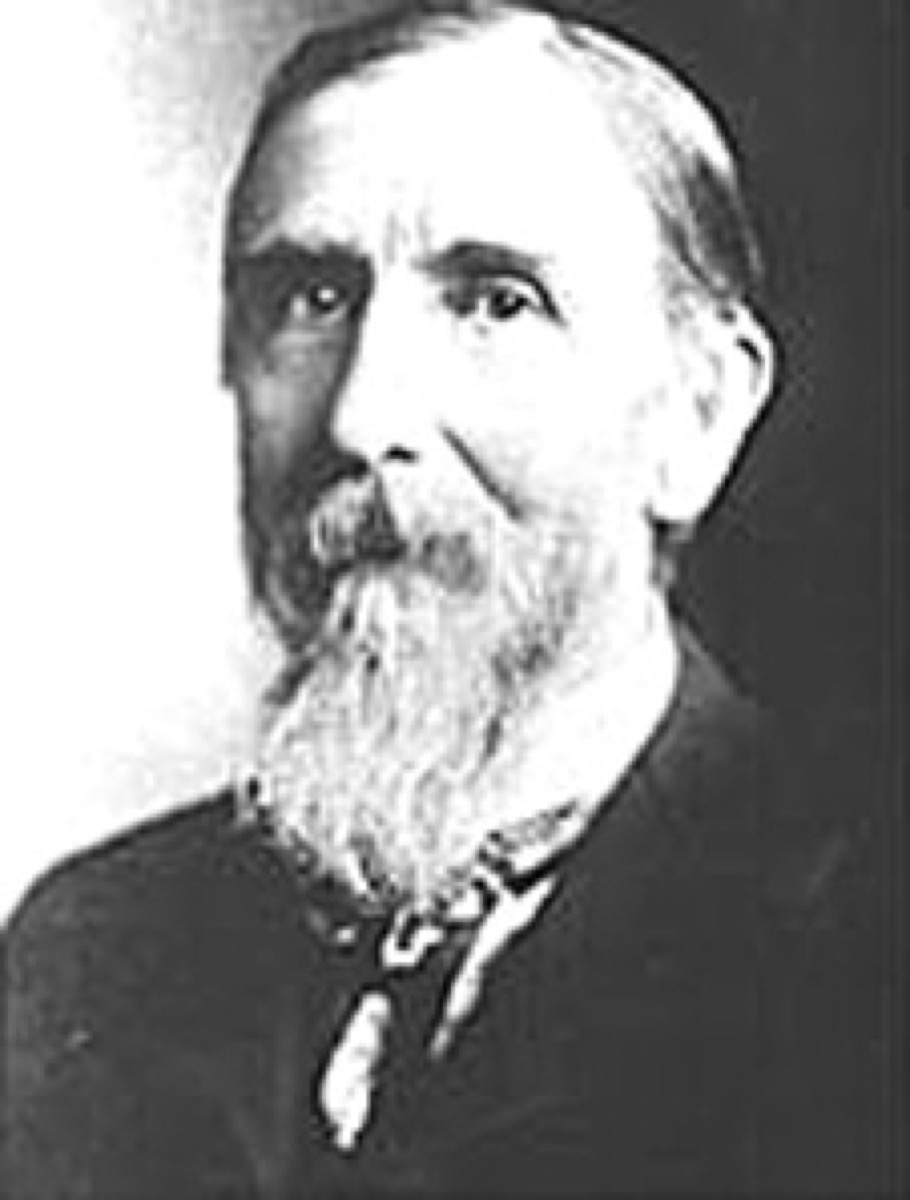
The famed board-game maker (who also manufactured crayons and water colors) saw color sensitivity as something akin to learning music. He sought to educate the public about the psychology of color in his book Elementary Color, which included a special color wheel that scientifically matched and measured different colors.
"When spun rapidly, overlapping colored disks mix colors before your eyes," explains Smithsonian. "Different combinations of disks create a multitude of hues based on measured proportions."
23
There's a Name For the Grey You See When You Turn Off the Lights
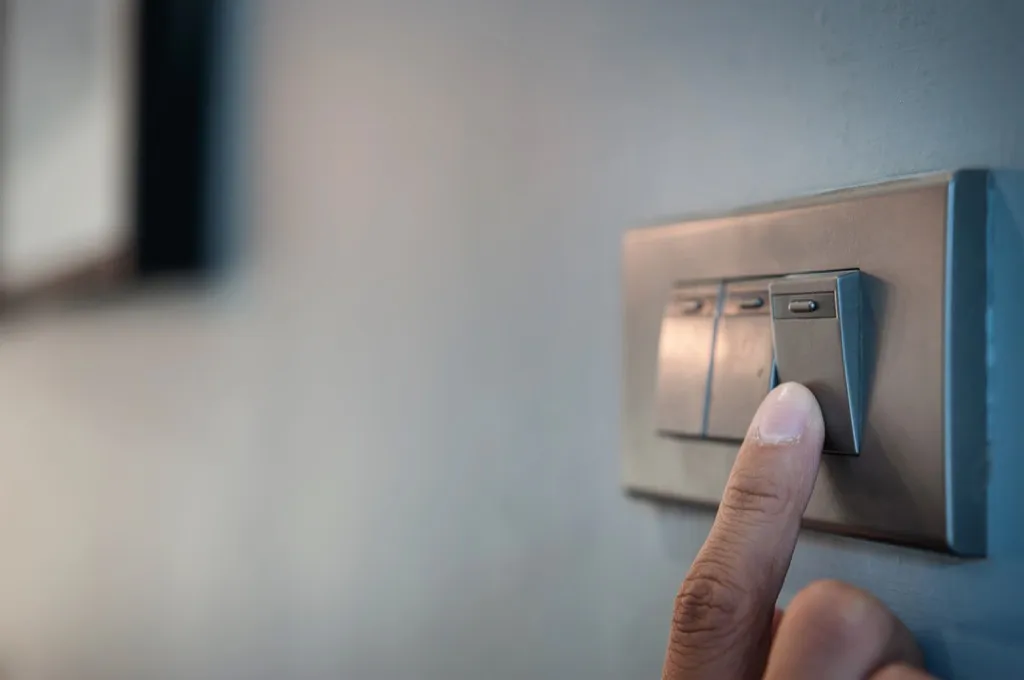
You probably didn't know it had a name, but that dark gray that your eyes see as soon as you turn off the lights—just before complete darkness takes over or your eyes adjust to the lack of light—is known as "eigengrau."
24
Color Is Easier to Remember Than Black and White

We are more likely to remember something that we see in color than something we see in black and white. In one study, researchers had participants look at 48 images, with half in color and half in black and white. Participants were then shown 48 additional images, and asked to identify which they'd seen. Subjects were 10 percent more likely to correctly identify the images in color than in black and white.
25
"Orange" Used to Be A Complicated Word
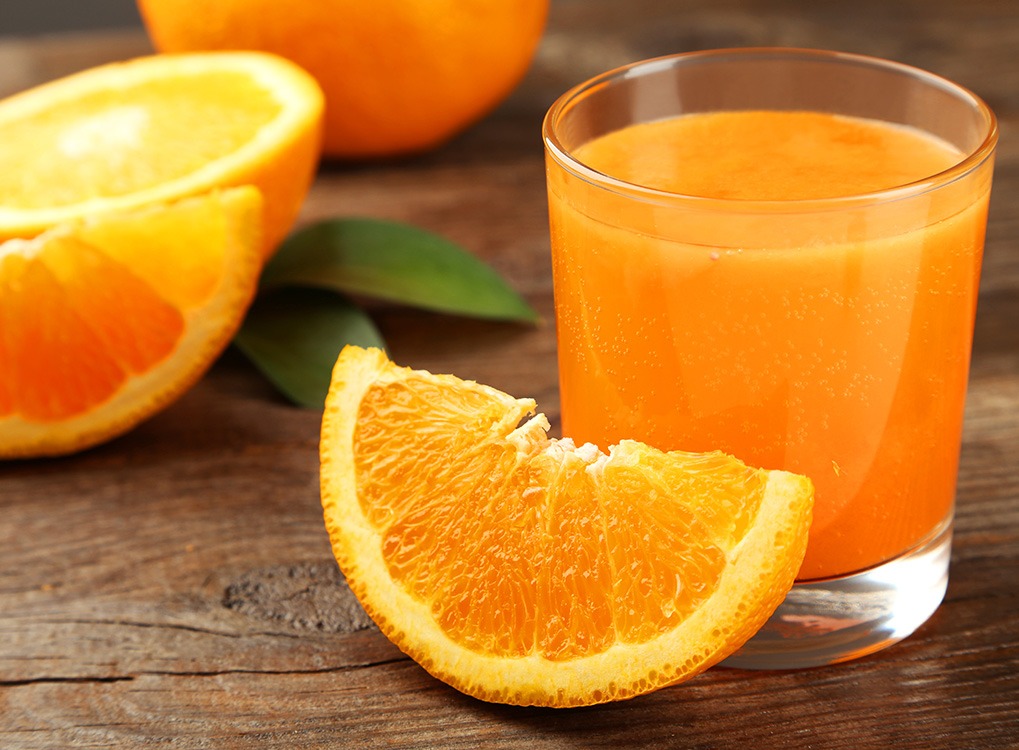
It doesn't exactly roll off the tongue, but "geoluhread," which means "yellow-red," was once the word used to refer to the color orange, while, as far back as the 13th century, the citrus fruit was called "orange." It wasn't until the 16th century that Europeans adopted the same word for both the fruit and the color.
26
Men Are More Attracted to Women Dressed in Red

While blue might be men's favorite color, red is what attracts them. A study conducted by two University of Rochester psychologists found that the color red made men more attracted to women. Among the experiments was one that asked male subjects to respond to photographs of women framed by different colors, with questions such as, "How pretty do you think this person is?" and another that digitally colored a woman's shirt either blue or red. Across the board, the women wearing red were judged as more attractive.
27
Red Is the Color of Winners

While red is usually associated with the second-place ribbon, it turns out winners wear the color. A 2005 study by British scientists found that athletes who wore red "have an advantage over blue-suited competitors."
"Across a range of sports, we find that wearing red is consistently associated with a higher probability of winning," Dr. Russell Hill and Dr. Robert Barton, researchers in evolutionary anthropology at the University of Durham, wrote in a paper in the journal Nature. They determined this by examining the results of the 2004 Summer Olympics, finding that across a number of different sports, competitors wearing red were more likely to succeed, controlling for other variables.
28
Red Can Make You Bomb an Exam

But while the color may be associated with winners in athletic competitions, it has the opposite effect for test takers. Researchers at the University of Rochester and the University of Munich determined that seeing "even a hint of red" on an exam can negatively impact a test-taker's performance. The researchers chalk this up at least partly to the fact that those being tested associate red "with mistakes and failures," and, "in turn, they do poorly."
29
Red and Yellow Are the Most Appetizing Colors

That was the finding of research that has noted that the combination of these two colors boosts the appetite of the average person. Consider that the logos and store designs of so many eateries incorporate these colors, including McDonald's, Wendy's, In-N-Out, Denny's, TGI Friday's, and on and on. Some call it the "Ketchup and Mustard Theory."
30
Color Affects Taste
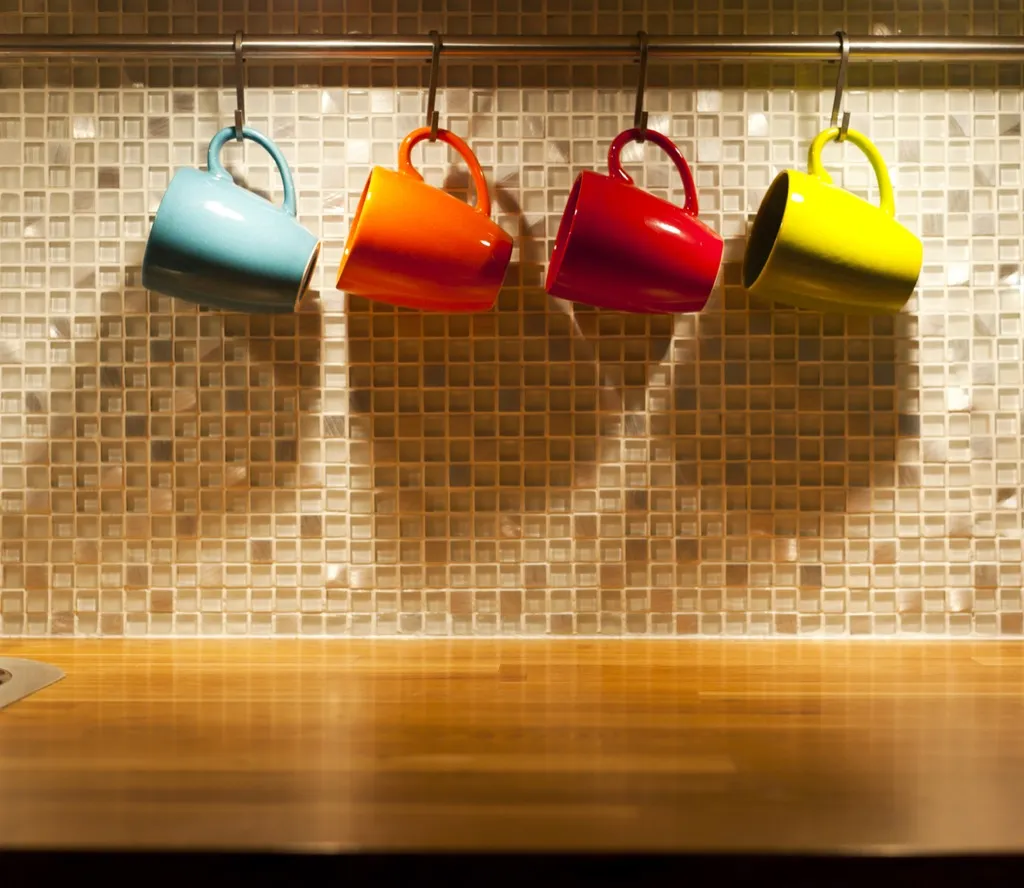
The exact same thing can taste different depending on the color of the dish in which it's served. That was a discovery of scientists who conducted an experiment in which participants tasted the same hot chocolate from mugs of four different colors—white, cream, red, and orange. Across the board, the chocolate in the orange and cream-colored mugs were considered better tasting than the other two. And for more ways to play with your taste buds, check out Science Says This Simple Trick Will Make Any Food Taste Better.
To discover more amazing secrets about living your best life, click here to follow us on Instagram!




